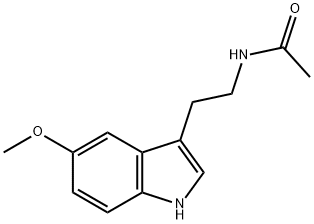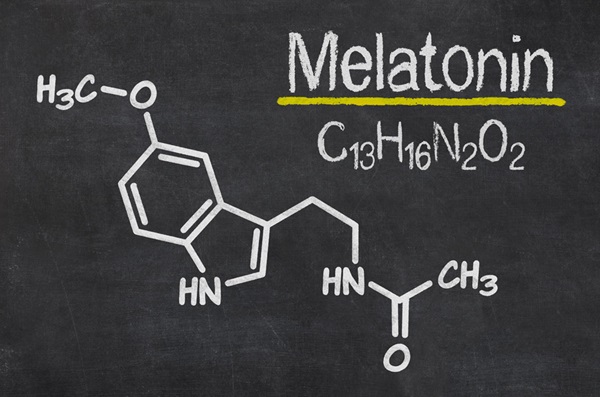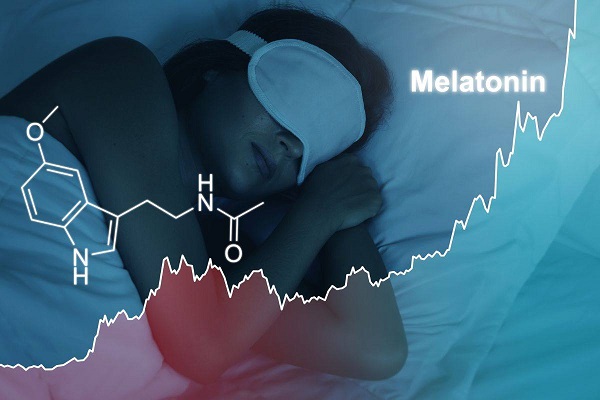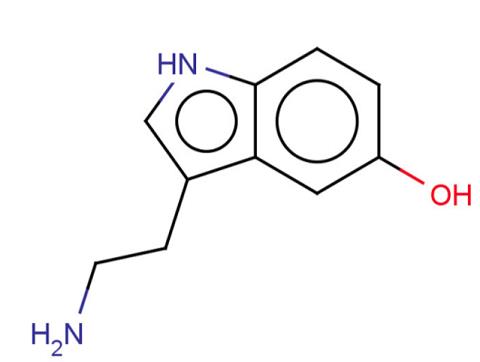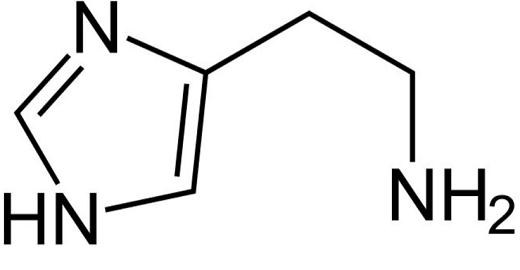Synthesis and Clinical implications of Melatonin
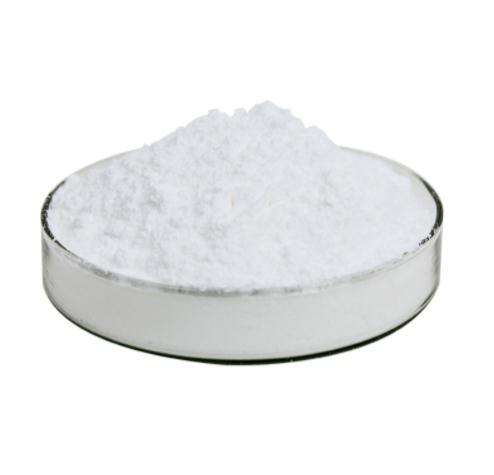
Properties
Mr 232.28. Melatonin is soluble in water (2 g/L at 20°C, 5 g/L at 50°C). Melatonin can cross the blood-brain barrier. The elimination half-life of melatonin is 30–50min. Melatonin is a highly potent endogenous radical scavenger and electron donor.
Synthesis and release
Gene, mRNA, and precursor Melatonin is synthesized by the hydroxylation, decarboxylation, acetylation, and methylation of L-tryptophan. First, the indole ring of L-tryptophan is hydroxylated by tryptophan hydroxylase to produce 5-hydroxytryptophan (5-HTP). 5-HTP is converted to serotonin by 5-hydroxytryptophan decarboxylase and pyridoxal phosphate as a coenzyme.
Serotonin is converted to N-acetylserotonin (NAS) by serotonin N-acetyltransferase (alkylamine N-acetyltransferase, AANAT) and acetyl-CoA as the donor for the acetyl group. N-acetylserotonin is then converted to melatonin by hydroxyindole O-methyltransferase and S-adenosyl methionine as the methyl donor.Tissue distribution of mRNA Melatonin is synthesized in the pineal gland, the retina, the Harderian glands, and the gut.
Plasma concentration
In humans, the plasma concentration is low (<20 pg/ mL) during daytime. The peak concentration at night is more than 100 pg/mL in early childhood, although it starts to decrease at puberty and gradually decreases until old age.
Regulation of synthesis and release
In the pineal gland, noradrenaline increases intracellular cAMP concentration and activates protein kinase A (PKA) through the β1 adrenergic receptor and PKA activates AANAT, the rate-limiting enzyme, by phosphorylation. The noradrenergic stimulation of melatonin synthesis stops by light exposure.Blue light around 460–480 nm suppresses melatonin synthesis.
Clinical implications
Melatonin is effective for treating circadian rhythm and sleep disorders. Melatonin appears to decrease the time to fall asleep in children with developmental disabilities, such as cerebral palsy, autism, and mental retardation. Melatonin may also improve secondary insomnia associated with various sleep-wake cycle disturbances.
Use for diagnosis and treatment
Melatonin is used orally for jet lag, insomnia, shiftwork disorder, circadian rhythm disorders, and benzodiazepine and nicotine withdrawal.
Furthermore, melatonin may be effective for treating sleep-wake cycle disturbances in children and adolescents with mental retardation, autism, and other central nervous system disorders. Melatonin is also effective for treating primary headache disorders, respiratory diseases, and cancers as a cotreatment with conventional cancer therapy. Melatonin is a potential drug for the prevention of bone loss during space flight.
You may like
Related articles And Qustion
Lastest Price from Melatonine manufacturers

US $0.00/box2025-09-26
- CAS:
- 73-31-4
- Min. Order:
- 1box
- Purity:
- 0.99
- Supply Ability:
- 10tons

US $60.00/box2025-09-25
- CAS:
- 73-31-4
- Min. Order:
- 1box
- Purity:
- 99%
- Supply Ability:
- 1000kg
